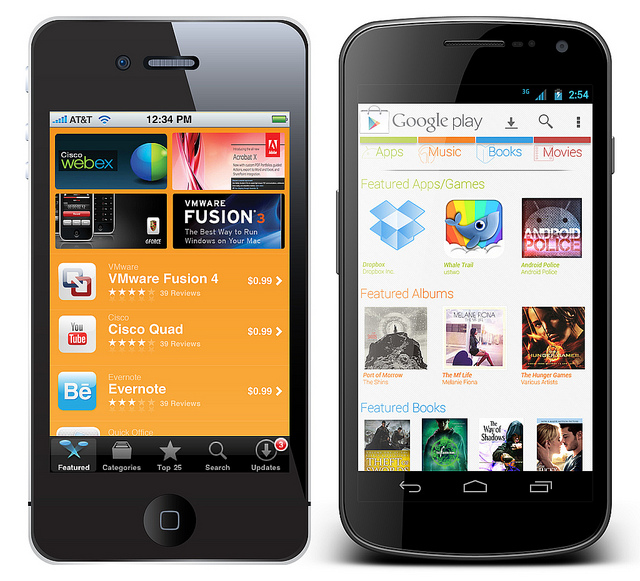
There are almost 2 billion mobile users in the world. For the first time, mobile usage had recently surpassed desktop usage. By 2020, it is projected that smartphone usage will grow to 4 billion worldwide (Ian Thiel, Optimizely). So apps are very much a part of our lives because we’re all mobile. We’re all a walking set of numbers and IP addresses. We’re all technology-crazed individuals trying to find new ways to do old things in all the places we know or never have been before.
In the midst of my attendance of the FD Mobile event, everything mobile came colliding in an impressive series of panels and speakers who speak the mobile language. I found myself being “mobile” 80 percent of the time I spent at this incredible all day event. I was tweeting, googling, taking pictures, scrolling…but never shopping. In business buzzword terms: “No mobile apps on my IOS device was influencing or creating conversion.” Why is this so?
Mobile is NOT meant for conversion. Mobile is a component of the customer’s journey, not the destination.
Fashion retailers everywhere have invented a new problem for themselves. There seems to be a growing demand of businesses rushing toward an invisible finish line of mobile conversion. Yet the consumer in me is waving from the same clothing rack in store or still clicking process order on a website as usual. Does that make us less valuable? No, we just like what we like and do what we do.
We are not data points, we are humans.
Mobile apps may be a way for us consumers to see you better and more often. We honestly do like the idea of interacting with you [brands + retailers] while we’re waiting for our coffee, riding in our cabs or ignoring what we should be focused on. That part makes sense. What doesn’t make sense is the guy in your office clicking refresh on his conversion funnel within a metrics platform and seeing where we “dropped off” when interacting with your app.
If we like it, we’ll buy it.
We consider your adaption to apps as an act of kindness; a thank you for caring that we’re always on the go. Yet don’t get frustrated when we download your app, scroll a little bit, go to website, go back to the app the next day and buy in store the following week. Trust us, we don’t know why we do that either. Instead of figuring out why we do what we do, we just want more options to do what we do. We like options because it makes our journey a seamless one. A journey that has unlimited access and the ability to entertain us when necessary. Except that’s the thing, we may just use your mobile app for a push in the right direction and your website for the final say.
We don’t shop and walk…it’s dangerous.
There are some companies who understand that they must speak the same language as their on-the-go users. Ian Thiel says, “mobile is a new way to solve customers’ problems.” I agree. Maybe our problem isn’t that we wanted to buy a sweater walking down the street to the subway. It could be that something’s missing that’s already a part of our lifestyle and connected to your brand. Oakley’s Surf Report app does this well. I’m sure that fans of the Oakley brand appreciate Oakley taking consideration as to who they are and what they do. Some Oakley brand lovers love to surf, so they created a value add solution for their surfing consumers. Their app delivers valuable information to a segment of their audience that they would like their brand most aligned with. The app becomes a portal to engage with Oakley as a brand, as opposed to a sales push advertisement.
Stop screaming at us…it’s f*cking annoying.
You can look at mobile apps as tiny billboards in the pockets of millions of individuals. That billboard shouldn’t scream buy something; instead it should say, “hey, here’s how we can help you.” Brands and retailers should create something that solves a problem. The ability to take ownership of the intersection between what you’re good at and what people need goes a long way in the app downloading world. Apps are all about time well spent. Brands need to start being in the “time business.” Invest in building a resource where individuals will spend their time. Time will always eventually create conversion. A lot of being in the “time business” means supplying great content. If you take it a step further, apps are perfect for blending interactivity and creativity. Look at Polyvore’s app for example.
So, how do you redefine conversion for mobile? You forget that conversion exists and you creatively create a need for consumers to add your brand in their pocket.
Photo Credit: by CC Intel Free Press


